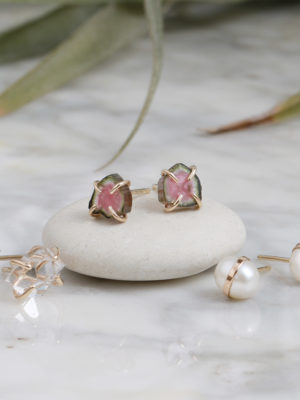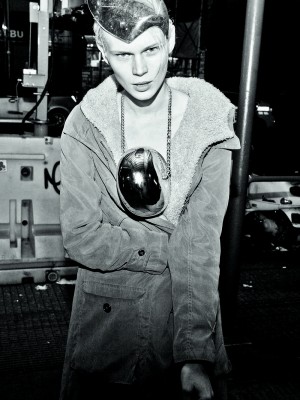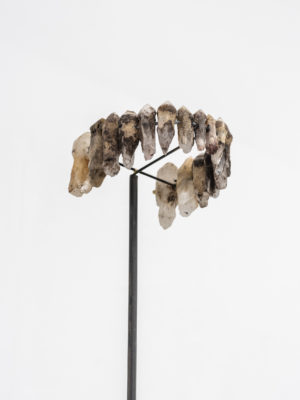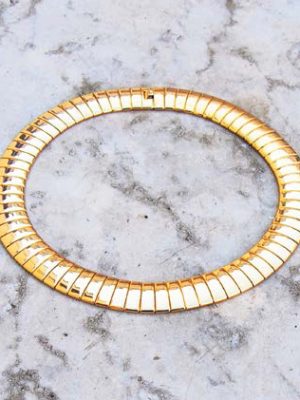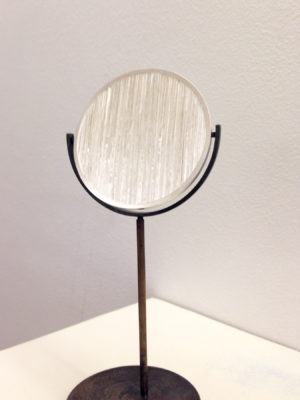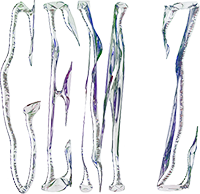Could you share a short bio, and give a quick description of our relationship?
I’m an academically trained jeweler. I studied jewelry design and sculpture in school, then started my business in 1996. We met ten years ago when I started selling to you in a wholesale capacity. When we closed our Wooster Street store, I opened a kiosk in the back of your space for close to a year – and now we have a case that we stock with jewelry for customers that are used to seeing us there. The history is pretty long! It’s a nice relationship.
How did you become a jeweler?
I’ve always made jewelry. I went to Montessori, so my idea of play as a kid was making! I was lucky to study jewelry in a public arts program—while they still existed. I took all these tests and they said, ‘You should be self-employed. You should make jewelry!’ I ended up going to the Renaissance Entrepreneurship Center in San Francisco and getting my business certificate, and I launched my business while I was doing that.
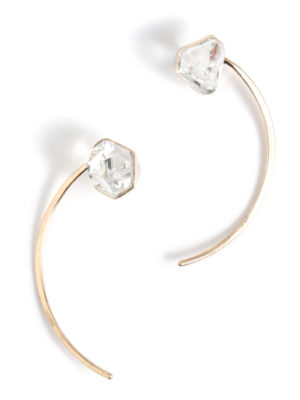
What inspires your designs?
Oh god, pretty much everything! Environments, from nature to people to culture to art. And music! Really anything. I’m a sponge. I guess it’s a process of cultural assimilation, then processing and making things from there.
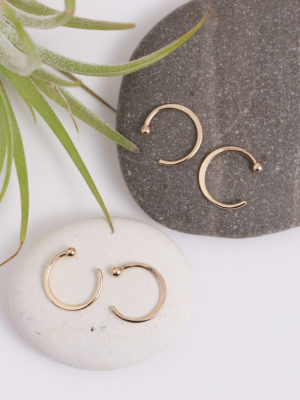
Tell me about the evolution of your manufacturing processes or the ways you use materials.
I started my business self-funded with 500 dollars. So for my first collection, I was using found river rocks, drilling into them and using leather and Chinese beads and all sorts of stuff like that. As I could afford to, I invested in finer materials and stones, and then could branch out into gold and beyond.
I view the model as a pyramid, where the higher price point is aspirational; I ended up moving into finer and finer price points. That’s another thing I embrace as a business: working with aspirational customers but also capturing someone at the top and bringing them back into the middle.
Change is really a constant for me. From my perspective, there’s no learning when you’re not changing. It’s about always moving forward and creating new products that people like. But what hasn’t changed is that I get to work with things I treasure!
What was the first store that ever carried your jewelry?
It was [Robert Redford’s] Sundance Catalog! I was working as a wholesale manager for another company and started a relationship with them. When I left to start my own company, I flew out and showed them my collection. They bought something then, and they have bought something from every collection since.
How has your sales representation evolved over time?
It’s interesting because you get conditioned as a business in the U.S. to post-growth. You start chasing all these goals, because that’s the idea of what success is, how you’re taught it.
For me, though, I’ve come full circle. In the last two years I’ve reassessed what success means to me. I’ve dropped more than 150 wholesale accounts, and I’ve developed my own two stores and my e-commerce. And I’ve gone deeper with the wholesale accounts I have kept, making those relationships successful by working more on a kiosk or shop-in-shop model with some partners. It’s about making less for the world, but being more profitable.
We’ve changed the entire philosophy around sales. It’s been so much healthier not only for the bottom line but also for the team. We get so caught up in being better and bigger – and I just don’t believe in that anymore. Having a responsible business and getting to do what we love should be enough.
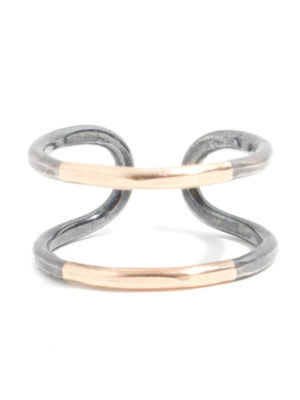
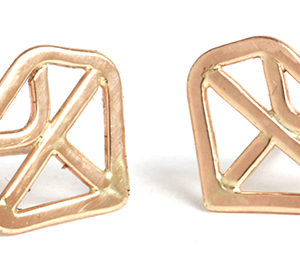
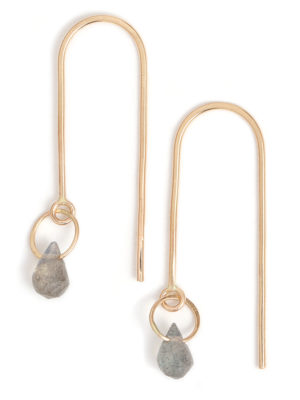
How is your design and/or business ethos reflected in your manufacturing processes?
I was raised in Northern California in an activist and political community. Business and ethos have always been hand in hand. I started my business post-NAFTA, when trade skills were taken offshore. I wanted to be able to really employ people. I also started the CFDA Sustainability Committee, and my business is a Certified Green studio in the state of California because I work with green metals, and my manufacturing process is zero waste.
Creating proactive social change is my business.
Can you share a personal story from an encounter within the jewelry ecosystem that has stuck with you over the years?
Omigod, there are so many! The one that comes to mind first is this very weird encounter with a customer out of Berkeley.
I’ve always been inspired by non-western jewelry and reliquary pieces, so when I had a customer ask to make a reliquary of her mother’s ashes, we did it. We interred part of her mother into the piece. She ended up having an emotional reaction to it and didn’t want the piece anymore. We get it – loss is intense. But normally custom sales are final! We ended up working it out and I took back the piece… but she didn’t want her mom back! And we were all like, wait! This woman’s ashes were in this piece of jewelry! So we walked outside with a jeweler’s saw and let this woman free on the street.
Yeah, that one was the weirdest.
Michele Varian is a NYC-based designer and retailer, carrying home goods and over 70 jewelry brands in her SoHo shop (including Melissa Joy Manning, who’s had a shop-in-shop there!). Visit the shop on Instagram here, and her curation of fine jewelry here!
